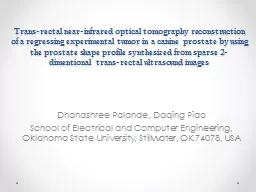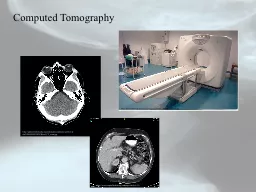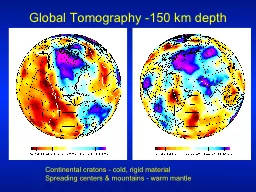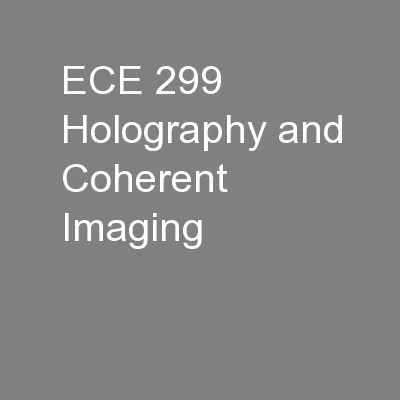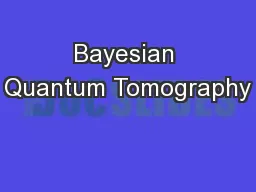PPT-Trans-rectal near-infrared optical tomography reconstructio
Author : mitsue-stanley | Published Date : 2016-07-01
Dhanashree Palande Daqing Piao School of Electrical and Computer Engineering Oklahoma State University Stillwater OK 74078 USA Outline O bjective Methods Results
Presentation Embed Code
Download Presentation
Download Presentation The PPT/PDF document "Trans-rectal near-infrared optical tomog..." is the property of its rightful owner. Permission is granted to download and print the materials on this website for personal, non-commercial use only, and to display it on your personal computer provided you do not modify the materials and that you retain all copyright notices contained in the materials. By downloading content from our website, you accept the terms of this agreement.
Trans-rectal near-infrared optical tomography reconstructio: Transcript
Download Rules Of Document
"Trans-rectal near-infrared optical tomography reconstructio"The content belongs to its owner. You may download and print it for personal use, without modification, and keep all copyright notices. By downloading, you agree to these terms.
Related Documents

